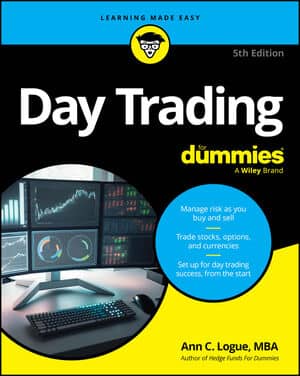Returns from day trading are a function of risk. If you want a guaranteed return, go down to your bank and open a federally insured deposit account. The returns will be almost comically low, but you'll have no risk.
If you want anything higher than what your bank is quoting, well, you have to take on at least a little bit of risk. When you take on risk, you increase both your likelihood of return and your likelihood of loss.
Successful day traders lose money all the time, but they’re able to keep trading. If you are looking at a trade with even a 0.5-percent chance of 100-percent loss, you could, in theory, lose everything after 200 trades — but only if you put all of your money into that trade.
If you put only some of your money in that trade, then you’ll never lose everything in it. Sure, you won't get all of the upside potential, but you'll be able to hit the potential high return more often because you can make that trade more often.
The key term in investing is diversification: If your money is spread out among different assets, your long-return return will be higher for less total risk than if you commit to only one asset.
Trading isn't investing, but the power of diversification holds. If you place your money among a few different trades or divide it between the amount you trade and the cash you keep on hand in your account for the next trade, you’ll almost definitely make more money in the long run than if you put all your money on one idea.

